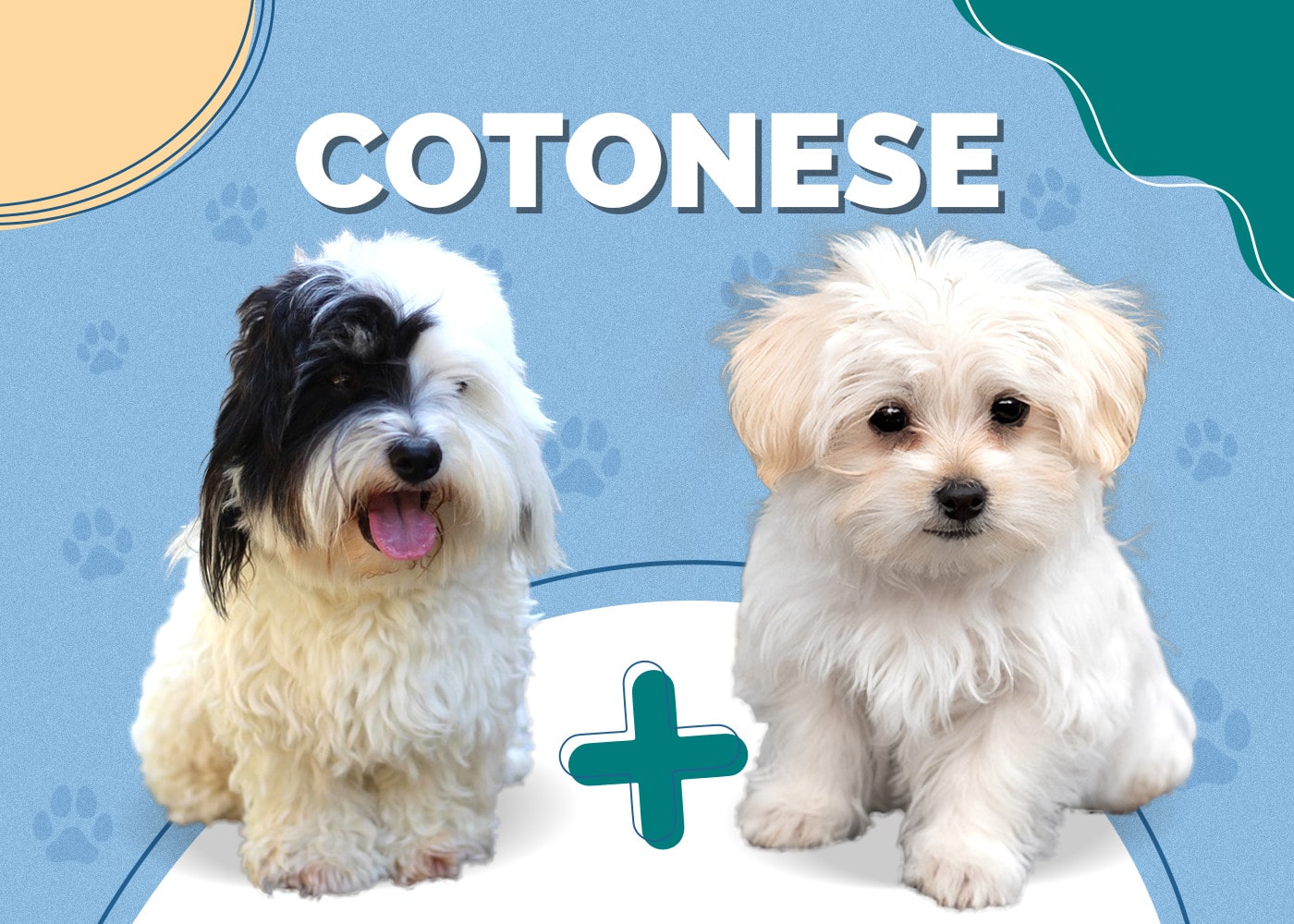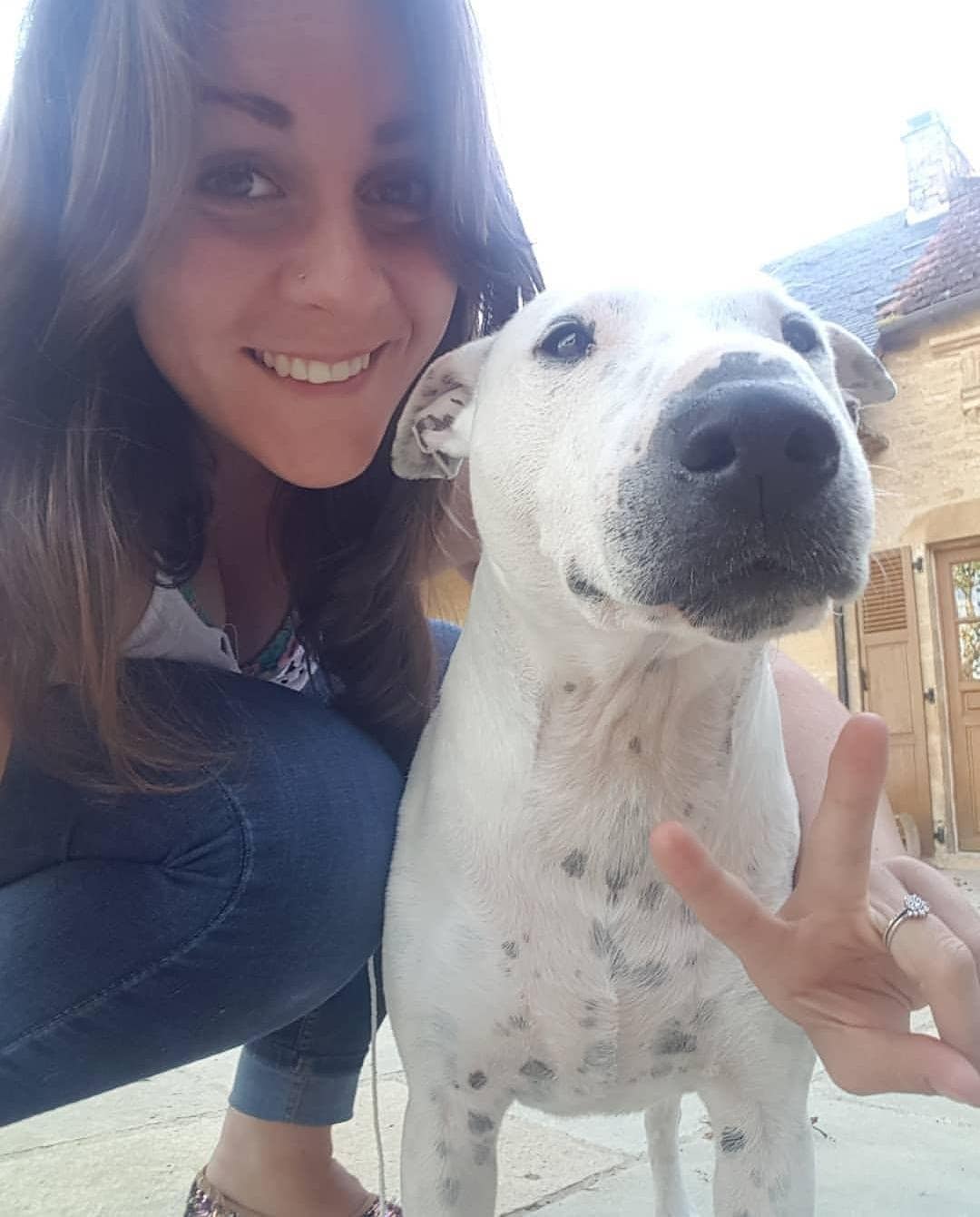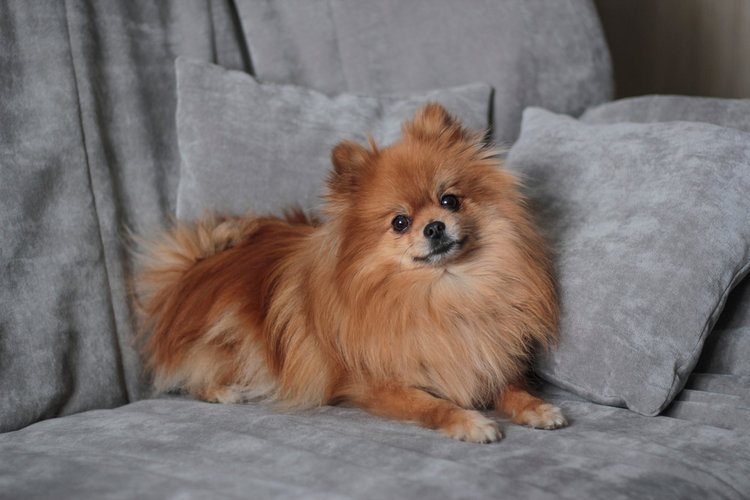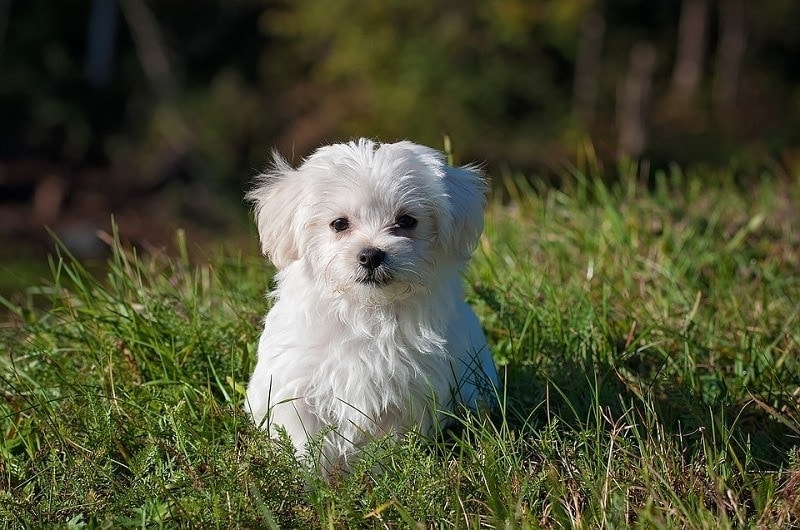Throwback Pomeranian: Pictures, Facts, Origin & History
Updated on
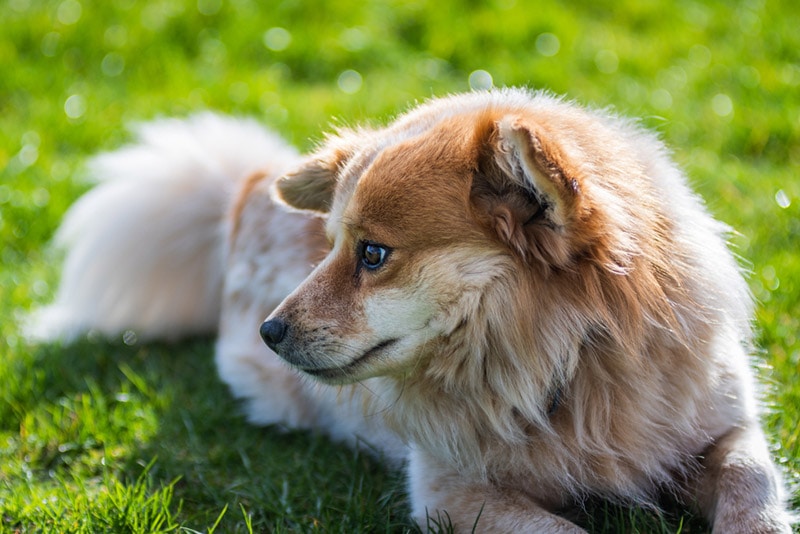
You may have come across the phrase “Throwback Pomeranian” and wondered what it was. It’s unusual on several fronts. First, it’s not an officially recognized breed. Second, you won’t find the Throwback Pomeranian on hybrid or designer dog sites.
Instead, it’s a modern nickname for a different riff on selectively bred Pomeranians. The odd thing is that it doesn’t describe a trend toward smaller dogs but, rather, toward larger ones. The word “throwback” refers to the ancestry of the cute, diminutive pup we now call the Pomeranian.
The Earliest Records of Throwback Pomeranians in History
Scientists have extensively studied canine evolution. While the animal has a common ancestor with an ancient wolf, it diverged into at least five lineages1. Moreover, there wasn’t just one domestication event, either. It helps to explain the diversity in dog breeds. Scientists have since split similar breeds into 23 clades or groups2.
The Pomeranian is a member of the German Spitzen group3. The founding breeds include the Akita and Chow Chow from Asia. The cluster has five size classes. The Pomeranian is the smallest, relatively speaking. Its ancestors weighed up to 30 pounds. The original name for the pup was the German Spitz, recognizing its group and European origin.
The United Kingdom’s Kennel Club (KC) officially recognized the breed in 18704. The standard at that time was for an animal weighing roughly 18 pounds. Ergo, the Throwback Pomeranian is, indeed, as the name suggests, a dog more in line with its roots.
How Throwback Pomeranians Gained Popularity
Queen Victoria was the instigator of the size reduction of the Pomeranian to what we know today. Her love for the breed was contagious, fueling the popularity and trend toward smaller dogs. It’s worth noting that KC and the American Kennel Club (AKC) classify the pup in the Toy Group. The United Kennel Club (UKC) puts it in the Companion Dog Group.
The Throwback Pomeranian looks quite different from its namesake. The small, round head with its cute face is somewhat lost with the larger dog. While the Pomeranian weighs less than 7 pounds, the Throwback raises the bar to 14 pounds. The takeaway is that it’s a bigger pup that looks more Spitz-like than like a little fox.

The Reason for the Throwback Pomeranian
As we already mentioned, going from a small dog to a larger one is unusual. Think of the Standard Poodle and the Standard Schnauzer. Selective breeding reduced the size of these dogs so that more people could have them as pets. For example, a 6-pound Toy Poodle is undoubtedly easier to handle than a 70-pound Standard Poodle.
There’s no denying how adorable a Pomeranian is. However, it might not be the best choice for a family pet if you have small children. It’s not that the pup is feisty enough to hold its own; it’s just too small to deal with rough handling. A larger dog is more robust.
We’re certain that going back to the breed’s roots is another driving force in the popularity of the Throwback Pomeranian. The dog has so much going for it, so it’s not a stretch to think some enthusiasts would prefer the animal in its “true” form.
Top 3 Unique Facts About Throwback Pomeranians
1. The Pomeranian Was One of Three Dog Breeds That Survived the Sinking of the Titanic
If you needed any proof of how tough this dog is, this fact should seal the deal. The pets that survived, along with their counterparts, provided the breeding stock for the Throwback Pomeranian.
2. The Pomeranian Hasn’t Changed Much Before the Throwback Movement
Apparently, Queen Victoria was onto something with the smaller dog. The larger pups can’t compete in the show ring. The differences between the two make the reasons evident. It makes us wonder if this dog will find a place in the AKC’s Foundation Stock Service (FSS).

3. The Throwback Pomeranian’s Personality Isn’t Much Different From Its Smaller Counterpart
Genetics do spur biological and anatomical changes in a dog’s brain over time. This dog is relatively long-lived for a canine with the accompanying generation span. Personality changes take time, so it hasn’t been long enough for things to happen.
Do Throwback Pomeranians Make Good Pets?
We have to defer to the traits of the Pomeranian to describe the larger canine. It’s a lively animal that seems to forget its size. It is an affectionate pet that openly shows its love for its family. And, yes, your pup really does care for you, as shown by fMRI brain imaging. The Pomeranian’s loving nature is one of the many reasons people find them so endearing.
This breed is relatively healthy. The larger size is a boon for pet owners. You get the cuteness of the Pomeranian that can still handle whatever life throws at it. The dog does require frequent grooming, although some pet owners opt for a puppy cut to make things easier.
The only red flags we see rest with the dog’s unofficial status. It’s risky to buy a puppy if you don’t have the oversight to ensure you’re getting the breed—or size—that you want. These things may or may not affect the dog’s suitability as a pet in your home.
Summary
The Throwback Pomeranian is a blast from the past—literally! It’s a dog that harkens back to the animal’s roots, which some people find alluring. It’s a fascinating take on selective breeding.
Featured Image Credit: JPCO, Shutterstock




